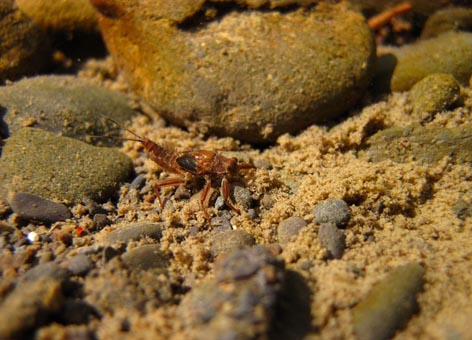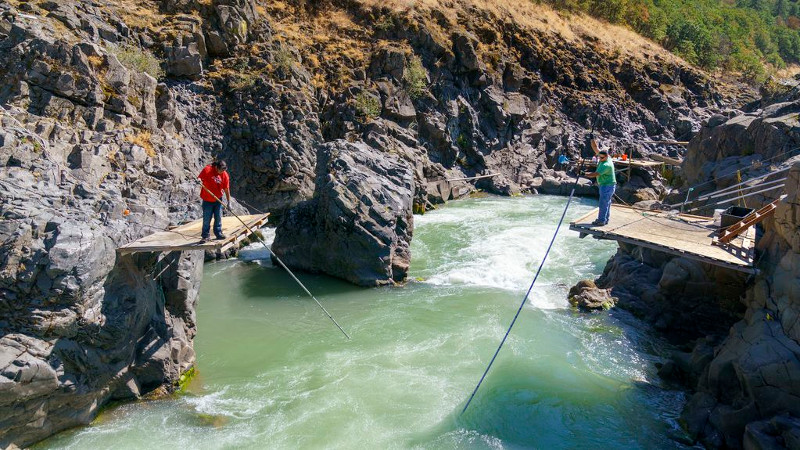| Categories: |
|---|
Estimated reading time: 2 minutes
The CWA’s objective of restoring and maintaining the physical, chemical, and biological integrity of the nation’s waters requires ambient condition assessment. In fact, that’s what the CWA tells regulators to do. This article presentation will define ambient conditions and explain how to measure and interpret the data.
The basis for setting water quality standards is decades out of date, given our current understanding of environmental data and availability of recently developed statistical models. The use of a single maximum concentration limit (MCL) for individual chemical elements does not reflect natural ecosystem function nor provide accurate indications of whether regulated industrial activities adversely impact the specific designated beneficial uses of surface or ground waters at specific locations. Water is a complex mixture of chemicals, not individual inorganic ions and organic compounds, and concentrations vary with temperature and pH and they bind and release on inorganic and organic substrata, among other factors. A sample of water represents a snapshot at a specific time and place. This is why aquatic ecologists have established data collection standards to minimize variability when measuring physical and chemical parameters of flowing and standing waters.
Aquatic biota are much more reliable indicators of ambient water quality than are concentrations of chemical elements. The EPA considers aquatic life to be the highest and best use of water (that is, the use most sensitive to anthropogenic disturbance). Aquatic biota exist with the abiotic physical and chemical environments to form natural ecosystems.
Natural ecosystems are highly complex; we cannot have complete knowledge of their variability and interactions among all components. About 50 years ago, when environmental laws began to be created, ecologists were moving from qualitative descriptions of ecosystems, communities, and populations to quantative measures of their dynamics. Also, appropriate statistical models did not exist, and computers were not as widely (or easily) used as they are today. To implement these statutes regulators had to assess and compare natural ecosystems in attempts to determine anthropogenic effects. The approach used then was to create methods producing a single numerical value assumed to summarize ecosystem quality and separate “good” from “bad” conditions. These species diversity and biotic integrity indices still are used today. And they still fail to describe ecosystem complexity, t quantify inherent natural variability, and to separate natural and anthropogenic changes to these systems. These faillings are overcome by applying appropriate, modern statistical models to biotic data.
It’s important for you to understand regulatory science, your environmental data, and how your operation interacts with immediate natural environments.
This work was originally published on the Applied Ecosystem Services, LLC web site at https://www.appl-ecosys.com/blog/quantifying-ambient-water-quality/
It is offered under the terms of the Creative Commons Attribution-NonCommercial-NoDerivatives 4.0 International license. In short, you may copy and redistribute the material in any medium or format as long as you credit Dr. Richard Shepard as the author. You may not use the material for commercial purposes, and you may not distribute modified versions.


